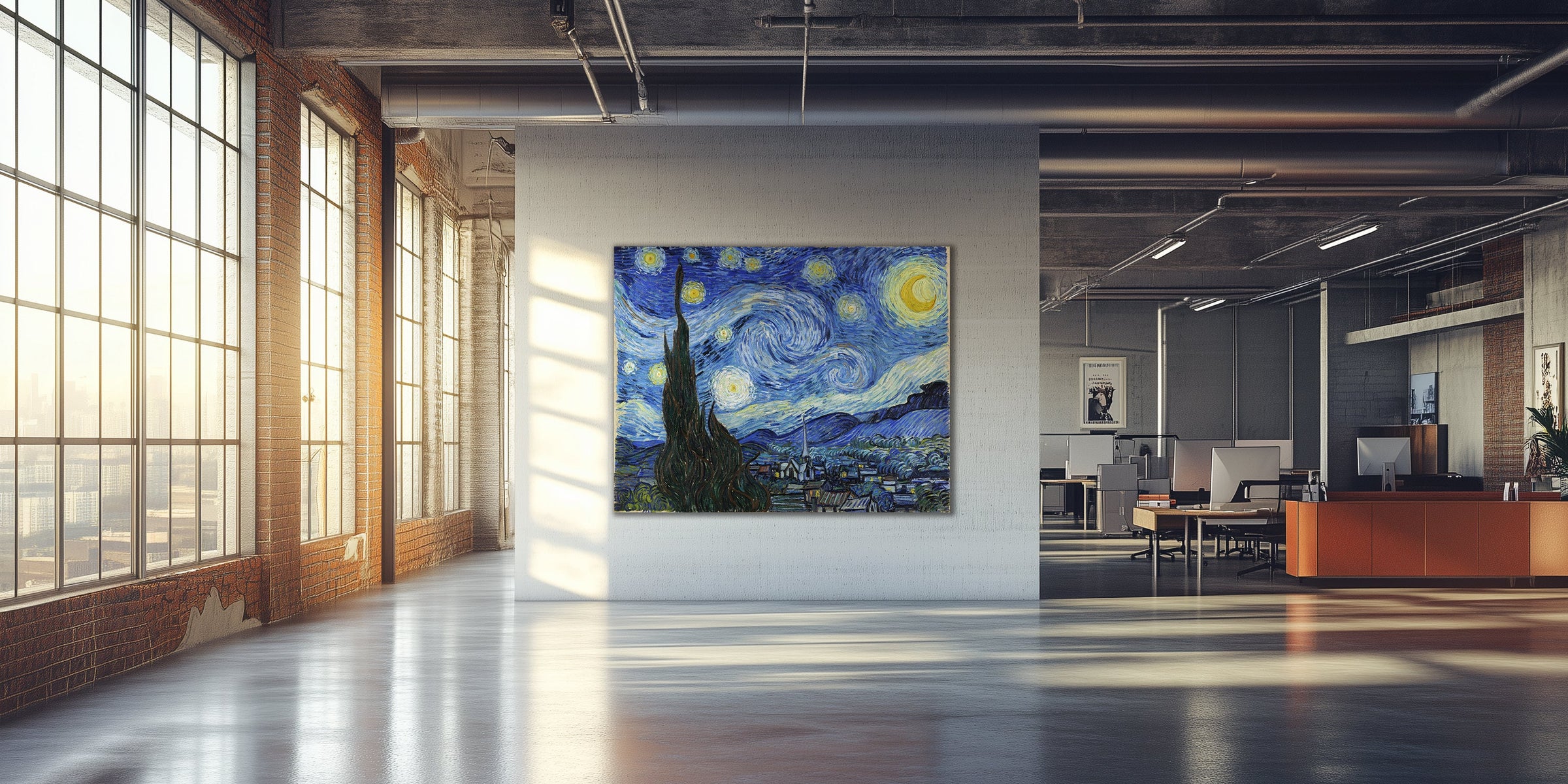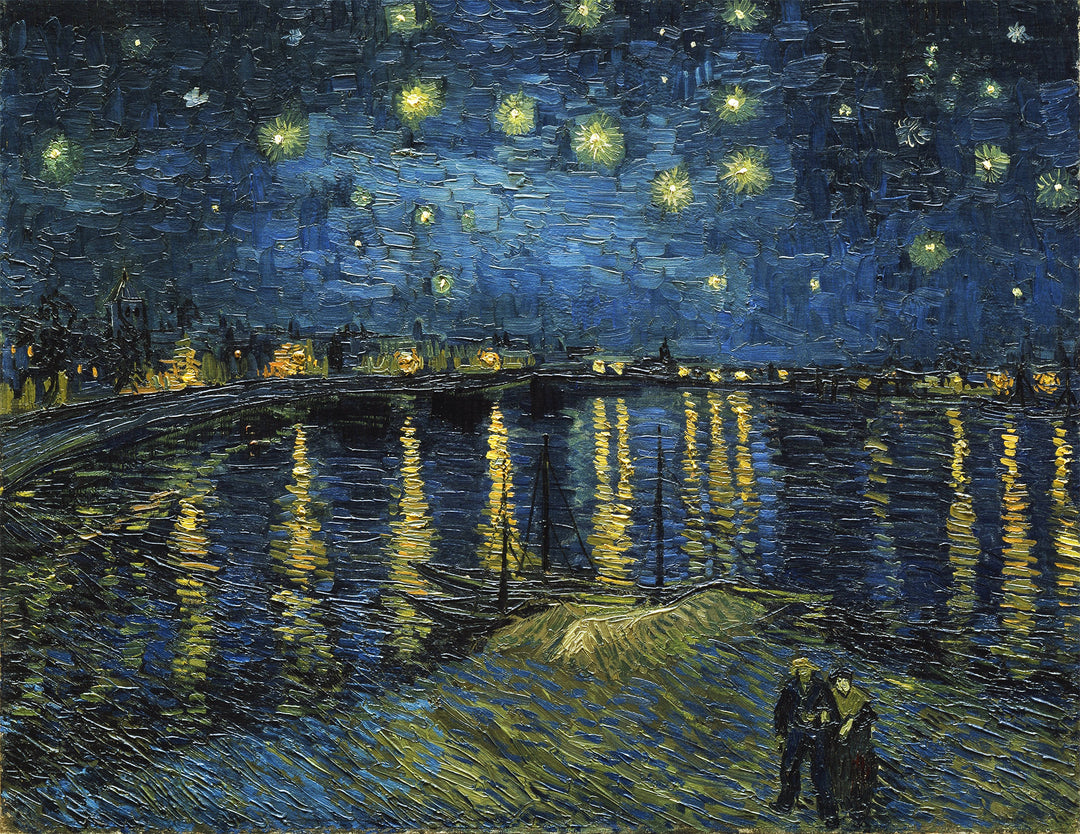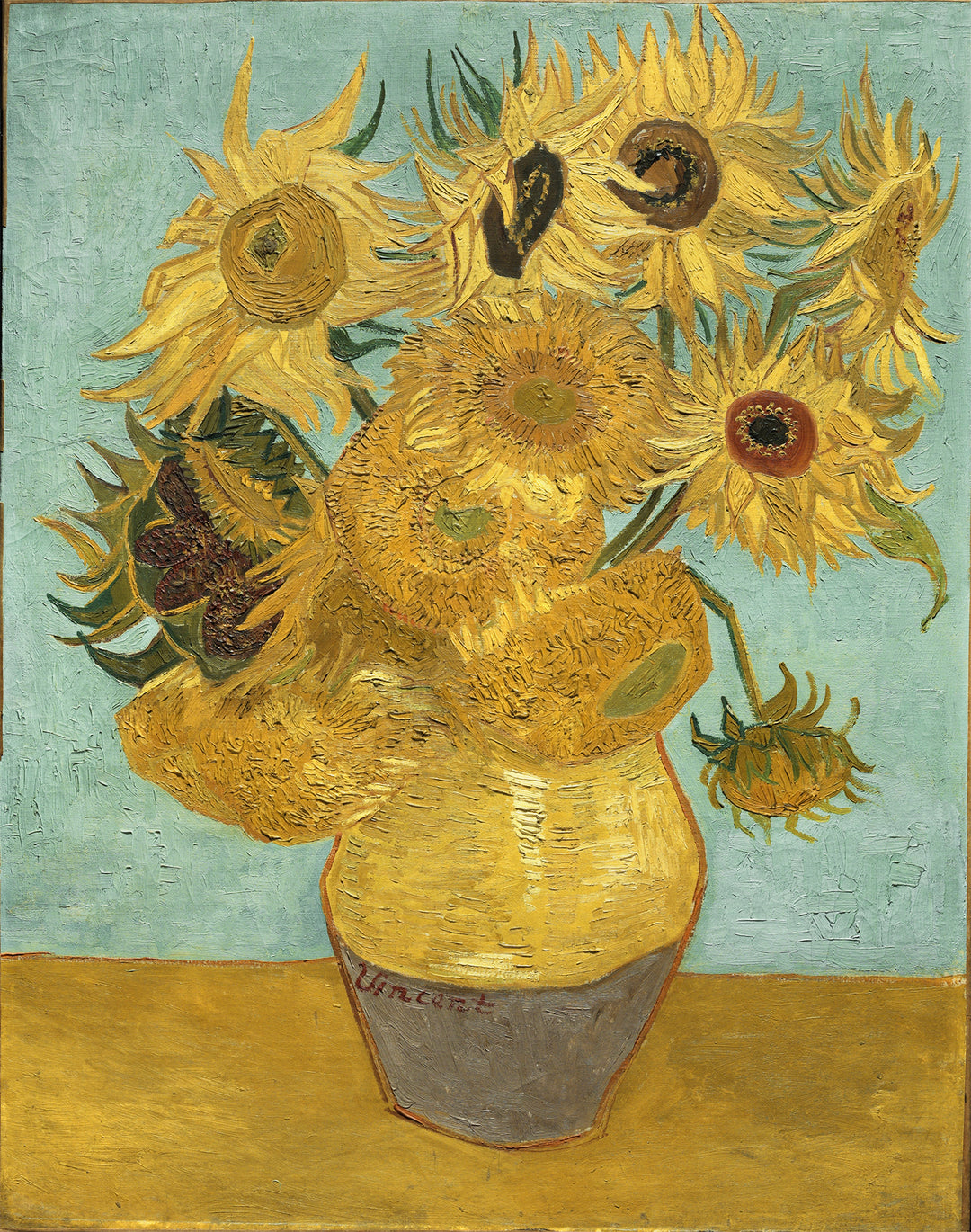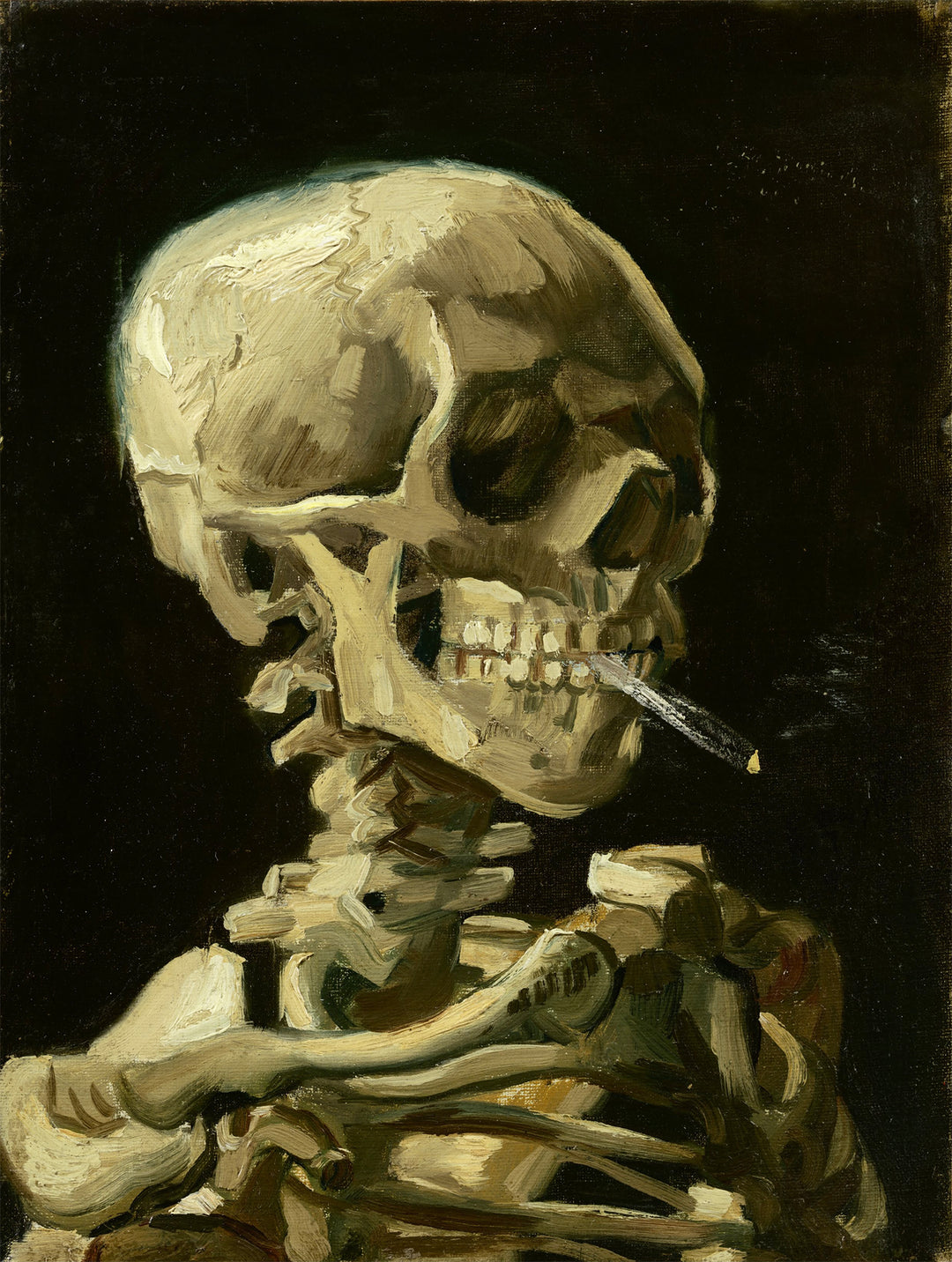
Vincent van Gogh
Life and work:
Vincent Willem van Gogh, one of the most influential and recognized painters in the world, master of Post-Impressionism (perhaps the greatest of all the Avant-garde artists), lived a life marked by his strong temperament, failures, tragedy, and misunderstanding. Although his paintings are among the most prized objects today, his work was practically ignored during his lifetime. Here we explore his biography from his parents, his relationship with religion and his failed attempts to become a pastor in the Netherlands and Belgium, his artistic career, his romantic disappointments, contemporary theories about his tragic death and about his mental health observed today with the perspective that the years give us and with the tools and experience that did not exist at the end of the 19th century.
Parents and siblings:
Vincent van Gogh was born on March 30, 1853, in Groot-Zundert, a small Dutch village, the son of the austere rural minister Theodorus van Gogh and Anna Carbentus.
Theodorus, a Calvinist pastor, was also the son of a pastor of the same denomination, highlighting the strong religious influence in the family.
Anna, one of the daughters of Willem Carbentus (who bound the first Dutch constitution), married in the autumn of 1815, two years after the Dutch finally expelled the French from Holland, to her mother named Anna Cornelia van der Gaag, in The Hague.
Anna Carbentus van Gogh, temperamental and nervous, married Theodorus four months before turning thirty-two, on May 21, 1851. She suffered the death of her first child, something from which she never recovered, also named Vincent Willem, who was stillborn in 1852. This tragedy left an indelible mark on the family and on Vincent, who would be born shortly after. It was precisely he who bore the weight of his mother's rejection throughout his life and the name of his deceased brother.
Of the six children of Anna and Theodorus, Theo, four years younger than Vincent, was the one who shared an unbreakable bond with him. It is with his younger brother that he would often write daily, the same one who would run and manage to accompany Vincent in his last hours, on the day of the fateful accident with the pharmacist's son's gun in Paris.
Romantic disappointments and family relationships:
Van Gogh always had a conflicted relationship with women and his family. His relationship with his mother was complicated by the rejection he felt from childhood. His attempts to find a wife also failed, as with Ursula Loyer and his cousin Kate, who rejected him. His most well-known relationship was with Clasina Hoornik, an alcoholic prostitute suffering from syphilis, which ended in disaster due to the painter's savior complex and his often feeling like an unwanted child. The pressures and care from his family eventually pulled him out of this mess.
Attempts to become a pastor and religious failures:
From a young age, Vincent showed a deep religious inclination. In 1869, at the age of 15, due to his family's financial difficulties, he was forced to leave school and go to work at "Goupil and Cie.", the largest art house in Europe. Although surrounded by art, Vincent always felt a spiritual calling. In 1876, after seven years at Goupil, he was dismissed and decided to dedicate himself to religion, teaching at a Methodist school and preaching to the congregation. However, his unconventional methods and refusal to conform to academic expectations, such as rejecting Latin exams because, as he told the examiners, "The poor don't speak Latin," prevented him from entering the Faculty of Theology in Amsterdam.
In the winter of 1878, he volunteered in the impoverished mining region of Borinage in Belgium. There, his religious fervor and personal sacrifice led him to be called "The Christ of the Coal Mines". However, the evangelical committee rejected him again due to his lifestyle, considering him unworthy of a man of God.
Paris and the Impressionists:
In 1886, Vincent moved to Paris to live with Theo (his brother). There, he met the Impressionists such as Monet, Lautrec, and Gauguin. Although his style evolved with brighter colors, he maintained his Dutch work ethic, painting tirelessly. His time in Paris was crucial for the development of his technique and style, culminating in masterpieces like "Café Terrace at Night" and "Starry Night Over the Rhône".
Recommended and financed by Theodorus van Gogh, who by that time had already become a great art dealer at "Goupil and Cie.", Vincent arrived in the city of lights. There, he would meet the most famous avant-garde painters of the time ("The Batignolles Group"), all of whom shared the same art dealer, namely Theo. Every day, as part of their ritual, they would go out to paint in the morning and gather in the afternoon for coffee at the famous establishment on Avenue Clichy in the seventeenth district of Paris, called "Café Guerbois", now gone and replaced by a men's clothing store. Our Dutch painter would later join this peculiar group, with whom he would exchange ideas, drink coffee, and end up arguing with them over their lack of professionalism. So, should we think that Theo's original idea of bringing Vincent together with this peculiar group served no purpose? From this moment, the Dutch master of post-impressionism would radically change his way of painting. The influence of this Paris group, plus the Japanese art called Ukiyo-e, and his own skill would blend and eventually forever imprint something completely new in the history of art and the world. The Impressionists painted during the day and only when they had a brilliant sun in the sky because they were obsessed with painting light. Vincent would do the same, but he, on the other hand, would seek to portray on the canvas the soft, sweet, and velvety glow of the night, a task only for geniuses. This approach to painting would eventually materialize in great works of art like "Starry Night Over the Rhône" or "The Starry Night".
Death and contemporary theories:
Vincent died on July 29, 1890, at the age of 37, in the arms of his beloved brother Theodorus, after a bullet ended up lodged in his chest. His death has been the subject of much controversy. Recently, lawyers and biographers Steven Naifeh and Gregory White Smith, Pulitzer Prize winners, after years of research using modern methods and field interviews, deny suicide as the cause of death and point to an involuntary manslaughter caused by two young men. This hypothesis is based on the study of all his letters, inconsistencies in testimonies, analysis of police and medical reports, and an interview with one of the alleged perpetrators conducted years later.
Nowadays, it is believed that Vincent suffered from bipolar disorder, characterized by long episodes of mania and depression. His letters reveal a man with deep sensitivity and internal struggle, always searching for meaning and, at the same time, finding much solace in art. His exposure to turpentine fumes and lead poisoning could have exacerbated his condition, leading to erratic and confused behaviors, or not.
Vincent van Gogh is an impressive and tragic figure, whose life was marked by constant struggle, both internal and external. Despite his challenges, he left an artistic legacy that transcends time, capturing the essence of humanity with an intensity that few artists have achieved. His story is the story of a creative spirit living amidst many adversities and sometimes misunderstood. His paintings continue to inspire millions of people and move many generations.














